
This page is designed to equip professionals with the knowledge and tools to support young people with confidence and compassion. Remember: you don’t have to be an expert to be supportive – listen, learn and lead with kindness.
What does it all mean? – Terminology
Sex vs gender vs sexuality
Gender, Sex, and Sexuality: What’s the Difference? (Crash Course)
- Sexual orientation or romantic orientation means who someone is attracted to – this could be men, women, non-binary people, or no one at all.
- Gender identity refers to how someone feels inside about their gender, even if they haven’t ‘come out’. This can be different to the sex given to them at birth.
- Gender expression means how someone expresses their gender and can be different to their gender identity. This can be through how someone dresses, speaks, or acts.
- Sex refers to a person’s body and biology, and includes chromosomes, hormones and reproductive organs. When someone is born, they are labelled as a boy or girl depending on their genitals. Some people don’t fit neatly into the binary categories of male and female, and this can be called intersex or differences in sex development. You can find out more about being intersex from InterACT or the NHS website – Differences in sex development
- If someone’s gender identity is different to the sex given to them at birth, they are transgender or non-binary.
- If someone’s gender identity is the same as the sex given to them at birth, they are cisgender.
- It’s important to recognise that sexuality, gender and identity are all fluid, and it’s ok for people to grow and change. For some people, this could mean discovering parts of themselves when they are way into adulthood; for others, it could mean exploring parts of their identity in adolescence and then realising that actually, those labels aren’t right for them; for some, it can change daily or weekly; whilst for others their identity will be fixed throughout their lives. Recognising this helps young people (and all people!) to feel safe to explore who they are without feeling like they have to ‘commit’ to one thing in fear of being judged or not being taken seriously.
LGBTQIA+ and beyond
There are lots of different words you may have heard to describe someone’s gender or sexual/romantic orientation, and this can feel overwhelming to keep up with for some people. You can find some common definitions of some of the most common terms below, but it’s important to recognise that words can mean different things for different people, and that language is evolving all of the time! If you’re unsure, you can always ask: ‘what does that mean for you?’
- Lesbian: A woman who is attracted to women. Some non-binary people may also use this word.
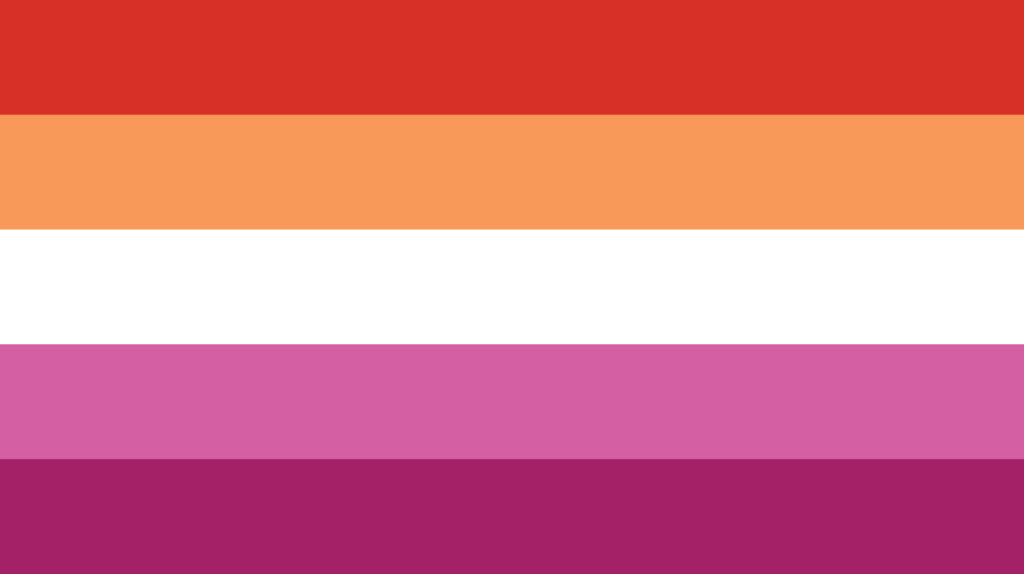
- Gay: Somone who is attracted to people of the same/similar gender; or a man who is attracted to men.

- Bisexual: A person who is attracted to people of more than one gender.
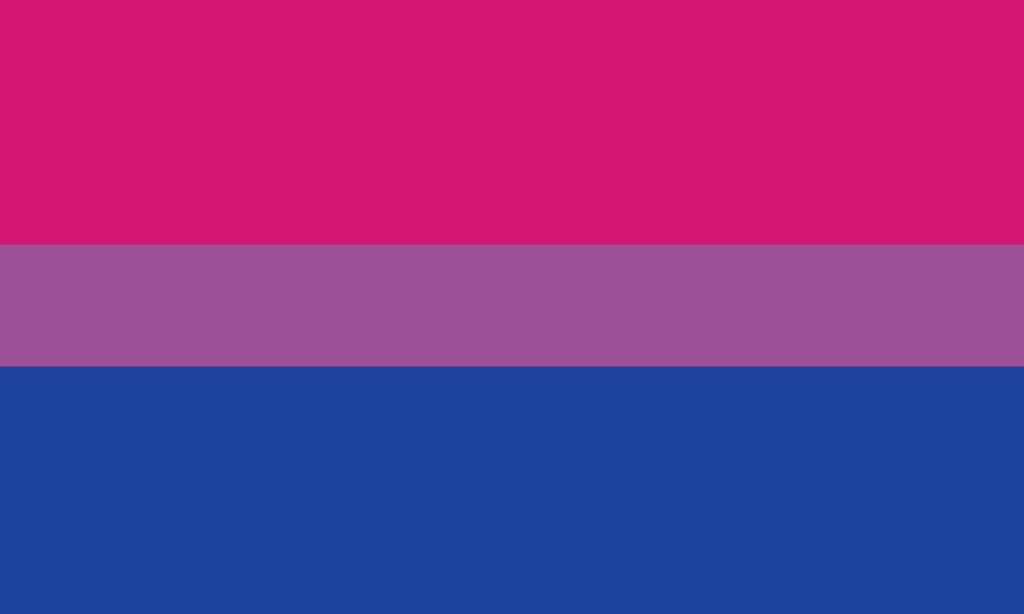
- Transgender: A person whose gender is not the same as the sex they were given at birth.
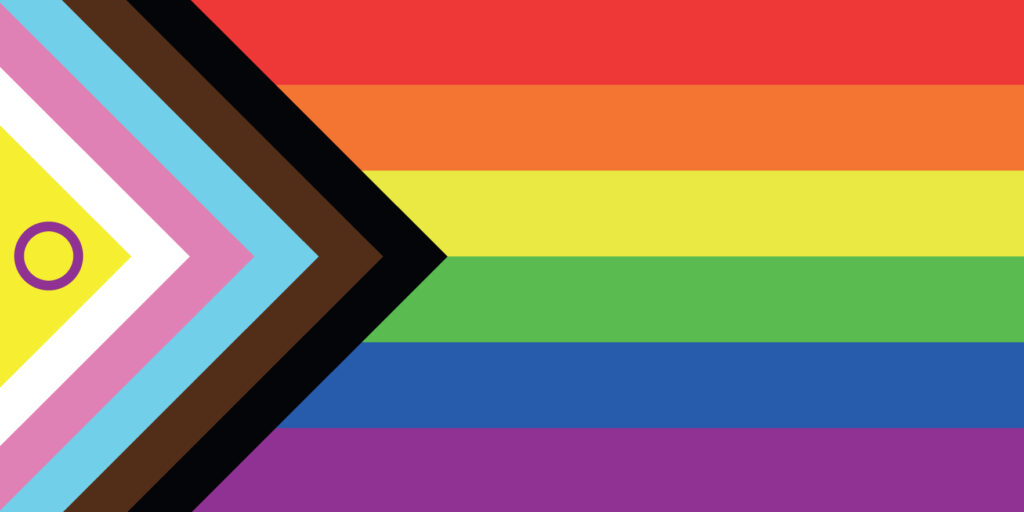
- Queer: A term many LGBTQ+ people use to describe themselves. This was previously used negatively as a slur, but has now been reclaimed as a positive word by many LGBTQ+ people.

- Intersex: A person whose body does not fit into the male/female binary.
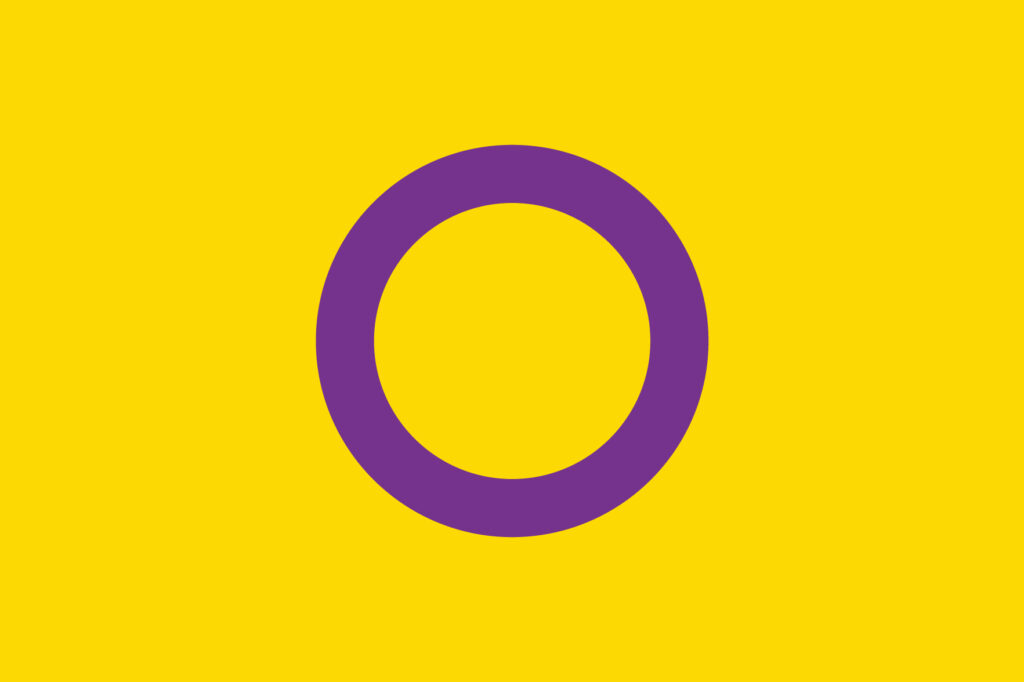
- Asexual: A person who experiences little to no sexual attraction.

- Non binary: A person who does not exclusively identify as ‘man’ or ‘woman’.
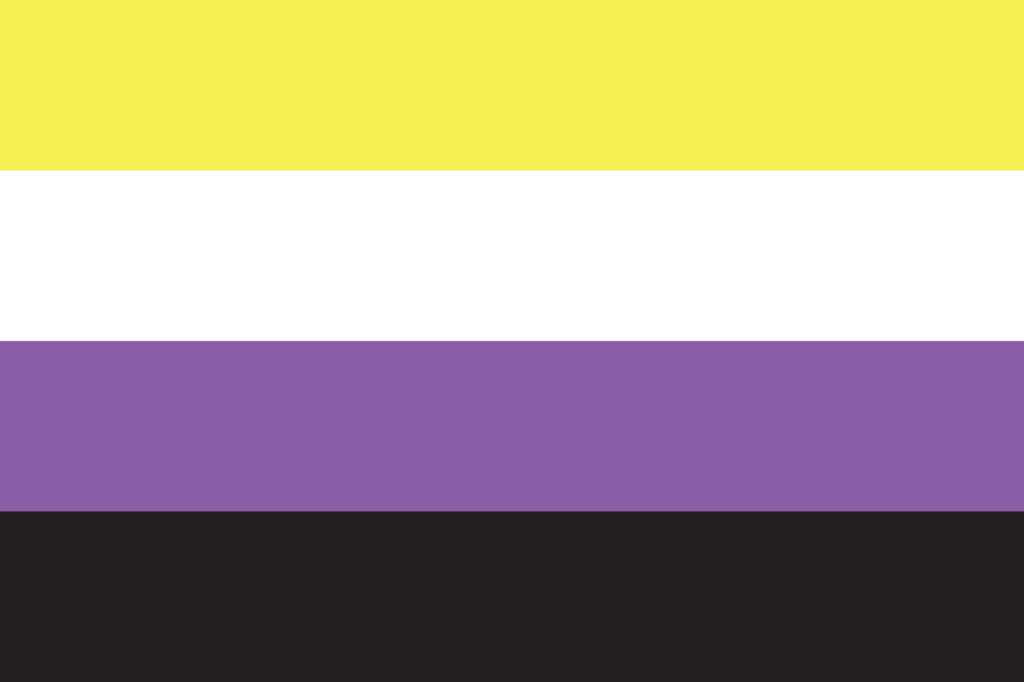
- You can find more definitions on the Stonewall website – List of LGBTQ+ terms
Pronouns
Pronouns are words we all use every day to refer to ourselves or others, eg ‘I’, ‘me’, ‘you’, ‘she/her’, ‘he/him’, ‘they/them’. Pronouns can be an important way to express gender, and correct use is key to helping people feel welcome and included.
- Introduce yourself with your pronouns and ask others to share theirs if they feel comfortable to do so.
- Default to gender neutral pronouns until told otherwise.
- If you make a mistake: apologise, correct yourself and move on, e.g. “She is working on – sorry, I mean they are working on…”
- Try practising when the person is not there.
- Add your pronouns to your email signature, social media and other places next to your name to normalise usage.
What are gender pronouns? Ze, Zir, They/Them (Pink News)
A note on multiple pronouns
Some people use more than one set of pronouns to refer to themselves eg he/they, they/she, she/he
Other people may not be ‘out’ to everyone, so may use different pronouns in different situations, eg she/her at work, they/them with friends.
Ask someone how they want you to use their pronouns if you’re unsure. They may prefer you use all of them interchangeably, or keep to one set, and it may change depending on context or day to day eg “River said she will be coming to the meeting. They will be sharing their ideas for the new project.”
Inclusive language swaps
-
- Hello ladies > hello everyone
-
- Husband/wife/boyfriend/girlfriend > partner/spouse
-
- Boys and girls > children/students/pupils
-
- Mums and dads > parents/grown-ups/carers/adults
-
- ‘There is a man here to see you’ > ‘There is a person here to see you’
-
- Pregnant women > pregnant people
-
- Feminine hygiene products > Period products
Why LGBTQ+ young people need support
LGBTQ+ young people face unique challenges that can significantly affect their mental health, education and overall wellbeing. Whilst many young people thrive with the right support, too many still experience environments where they feel unsafe, misunderstood or invisible.
Current context
Whilst legal protections exist (including the Equality Act 2010) many LGBTQ+ young people, particularly those who are trans or gender non-conforming, are growing up in a climate of increased scrutiny and debate about their identities and right to exist. Media coverage and political discourse can sometimes feel hostile or dismissive, and public spaces like toilets or changing rooms have become places of anxiety and harassment for some. The wider environment can have a significant impact on young people’s sense of safety and belonging, even if they are not directly targeted. It can lead to increased fear of ‘coming out’, mistrust in institutions, and isolation from peers and support networks.
Now more than ever, it’s vital that the adults around LGBTQ+ young people provide affirming, visible and proactive support to help to build a safer, more inclusive environment where young people can thrive.
Barriers and challenges
- Bullying and discrimination
- LGBTQ+ young people are disproportionately affected by bullying at school and online. According to Stonewall’s School Report [1], nearly half of LGBTQ+ pupils are bullied for being LGBTQ+.
- Lack of representation
- Many young people rarely see themselves represented in the curriculum, media or role models, which can contribute to feelings of isolation or being ‘different’.
- Mental health
- LGBTQ+ young people are significantly more likely to experience anxiety, depression, self harm and suicidal thoughts, with more than 2 in 5 trans young people reporting suicide attempts. [1]
- Being LGBTQ+ itself is not the reason for poor mental health, but rather a result of the challenges and discrimination that LGBTQ+ people experience based on their identities.
- Rejection and isolation
- LGBTQ+ young people may face rejection and isolation from family and friends, with many being forced out of their homes due to their identity. 24% of homeless young people identify as LGBTQ+, with 77% feeling that coming out to their parents was the main factor. [2]
Impact of positive support
When LGBTQ+ young people feel accepted, included and supported, it can have a huge impact on their wellbeing and outcomes.
LGBTQ+ young people from supportive school and home environments are [3]:
- More than twice as likely to feel good about themselves
- Half as likely to have suicidal thoughts and feelings
- Half as likely to have self-harmed
- Four times more likely to feel optimistic about their future
How to support LGBTQ+ young people
Supporting LGBTQ+ young people doesn’t require you to be an expert – it’s all about empathy, respect and creating spaces where they feel supported and safe.
Build inclusive environments
Small changes can make a big difference – when a space respects and reflects LGBTQ+ identities, young people are more likely to feel safe and included. Some ideas include:
- Showing visible support: wearing badges, displaying posters, and making your own pronouns visible can help LGBTQ+ young people to feel seen and able to be themselves.
- Representation: include LGBTQ+ representation across all lessons – not just RSE or PSHE. This could include reading books by LGBTQ+ authors, using examples featuring LGBTQ+ characters, or making sure to use inclusive language when talking about sexual health.
- Inclusive policies: Ensure that safeguarding and anti-bullying policies explicitly mention LGBTQ+ identities. This should include how to respond to homophobic, biphobic, transphobic and otherwise anti-LGBTQ+ bullying; and how to manage confidentiality of young people who aren’t ‘out’ when safeguarding concerns arise.
- Lead by example: Challenge discriminatory language and behaviour when you see it, even if it doesn’t seem like a big deal. Actions like microaggressions can add up, and challenging or correcting these from the get-go helps to create a culture where this isn’t acceptable.
What are microaggressions?
Microaggressions are everyday, subtle, often unintentional verbal or non-verbal actions that express prejudice towards a marginalised person or group. This might include: misgendering – using the wrong pronouns, gendered language or name for someone; assuming the gender of someone’s partner; asking invasive comments about someone’s sex life or body; saying it’s ‘too confusing’ or ‘too hard’ to remember to use correct language; or comments like ‘that’s so gay’ or ‘no homo’.
Microagressions (The Teacher Coleman)
Be respectful and affirming
Respecting a young person’s identity is vital to their wellbeing. You can do this by:
- Use correct names and pronouns. This is not only respectful, but vital for their wellbeing. Research has shown that trans young people being able to use their correct chosen names reduces their risk of suicide and depression. [4]
- Acknowledge and validate identities and experiences. Even if it is new to you and you don’t understand it yet, acknowledging and respecting that young people are the experts on their own identities and feelings can provide a safe environment for accessing support.
Educate yourself and colleagues
We don’t expect you to be an expert in everything – especially because gender and sexuality are so unique to each individual and the language and context of LGBTQ+ topics is ever changing. However, a commitment to continuous learning can make a huge difference.
- Stay informed with evidence-based resources. It can be easy to get caught up in misinformation in media and online, so make sure you are aware of reliable resources to get your information from – you can find these in the ‘additional resources’ tab at the bottom of the page’.
- Attend training. There are lots of training sessions and resources available to deepen your knowledge in areas you feel less confidence in. Organisations like The Proud Trust, Just Like Us, Mermaids and Brook are just some places you can access training around supporting LGBTQ+ young people.
- Model inclusive language and behaviour. Even if those around you aren’t, it can take just one person to lead by example and normalise inclusivity. Introducing yourself with your pronouns, using inclusive language swaps, and respectfully correcting people who get it wrong, can encourage others to change their behaviours and attitudes.
- Share this page. This can be a great conversation starter and help others to become better allies to LGBTQ+ young people!
Safeguard with care
Being LGBTQ+ in itself is not a safeguarding concern. However, LGBTQ+ young people are more likely to experience bullying, discrimination and poor mental health – not because of who they are but because of how others treat them. When dealing with potential safeguarding issues, address the actual problem and respect the young person’s confidentiality. Remember that many young people may not have ‘come out’ to others including their families. Sharing their identity without consent can cause significant distress and potentially put them at great risk of harm. Always take a young person centred approach. Listen without judgement, affirm their identity, and involve them in decisions about what information is shared and with whom. Ensuring they feel safe, respected and in control is key to effective support.
Signpost inclusive support
Make sure that all young people – whether they have shared that they are LGBTQ+ or not – know where to access safe, inclusive support. This could include trusted staff members, school counsellors, or LGBTQ+ student groups. It’s also important to highlight external organisations like The Proud Trust, Mermaids or Galop, which offer confidential advice and resources. Promoting these options visibly and regularly ensures that every young person feels seen and supported.
Trans and non-binary young people
Trans and non-binary young people face especially high levels of hostility, misinformation and legal uncertainty. Despite recent political challenges, their rights remain protected under the Equality Act 2010. We all have a duty to create safe, inclusive environments, regardless of non-statutory guidance or political discourse. Even where policy and guidance exist, it’s vital to assess whether it aligns with your safeguarding responsibilities and the wellbeing of the young person. Upholding dignity, using chosen names and pronouns, allowing access to gender neutral facilities, and affirming identity are not just supportive acts – they’re often lifesaving. Encourage young people to understand their rights and ensure they feel safe, respected and included, regardless of political climate.
Additional resources
-
- Stonewall provides advocacy, resources and education on LGBT+ topics.
-
- Mermaids supports trans, non-binary and gender-diverse children, young people and their families.
-
- LGBT Foundation is a national charity focused on LGBT+ health and wellbeing.
-
- The Proud Trust is for LGBTQ+ youth, with local LGBTQ+ youth groups, online support and free resources for young people, parents and professionals.
-
- Just Like Us is an LGBT+ young people’s charity with free educational resources for schools.
-
- Gendered Intelligence is a national trans-led organisation providing support, training, advocacy and services around supporting trans, non-binary and gender questioning people.
-
- TransActual are a trans-led organisation focused on advocacy and rights for trans people in the UK, with evidence based information and resources available.
-
- InterACT provides information and resources for intersex youth.
-
- Galop provides free, confidential and independent support for LGBT+ young people aged 13 to 25 who are experiencing or worried about abuse.